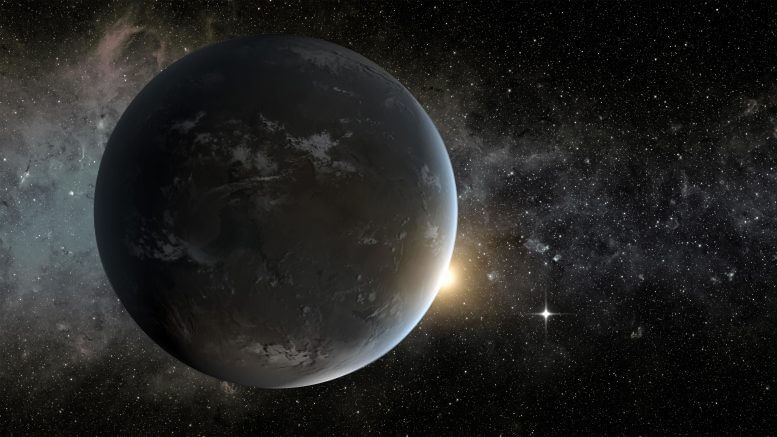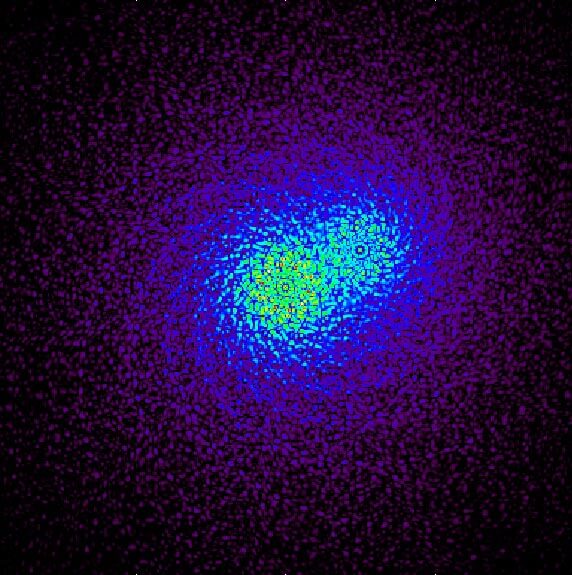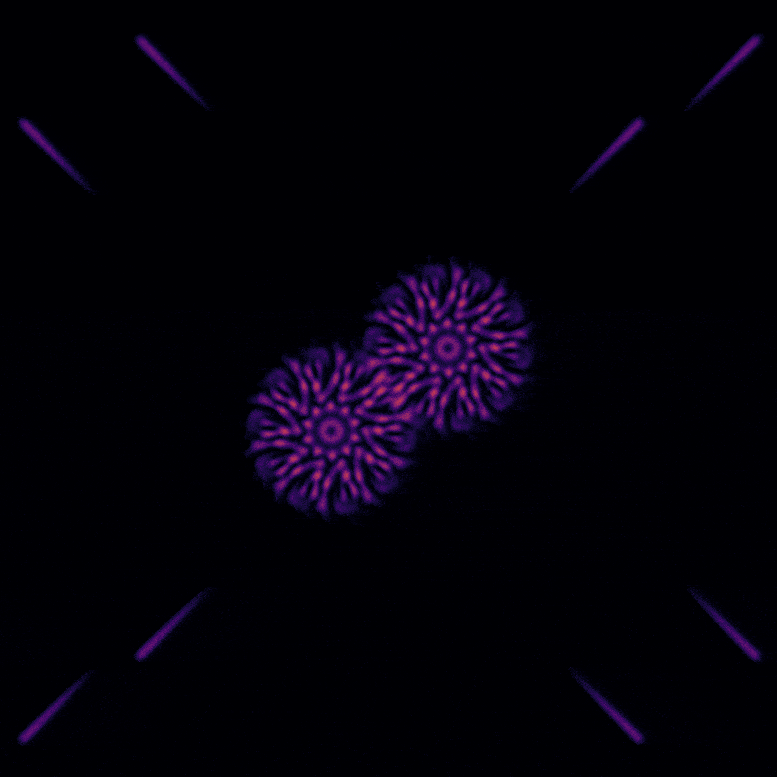NASA's Breakthrough Initiative, Saber Astronautic, and JPL have announced Project Toliman, a project that aims to find out whether the nearest stars have planets that could support life

Can life survive around the nearest stars?
In collaboration with the Breakthrough Initiative, Saber Astronautic and NASA's Jet Propulsion Laboratory, Professor Peter Tuthill directs Tolliman, a project whose goal is to discover whether the nearest stars have planets that can sustain life.
A mission to discover new planets that could potentially support life in the vicinity of Earth's closest neighbor, Alpha Centauri, was announced on November 17, 2021.
The proposed telescope project will search for planets in the habitable zone (the "golden zone" where temperatures can allow liquid surface water on rocky planets) around the star system that is only four light years away from Earth.
Work on the project began in April this year. Scientists from the University of Sydney, in collaboration with Breakthrough Initiatives in California, Saber Astronautics in Australia and NASA's Jet Propulsion Laboratory, named the project Toliman, the ancient name for Alpha Centauri of Arabic origin.
"Our closest stellar neighbors - the Proxima Centauri system and in particular the star Alpha Centauri to which it belongs - are turning out to be very, very interesting," said Dr. Pete Warden, General Manager of Breakthrough Initiatives. "The Toliman mission will be a huge step to find out if there are planets out there that can sustain life."

Project manager Peter Tuthill from the Sydney Institute of Astronomy at the University of Sydney is enthusiastic about this new window into the universe.
"Astronomers have access to amazing technologies that allow us to find thousands of planets orbiting stars in vast expanses of the galaxy," he said. "But we know next to nothing about the backyard of our sky."
"It's a modern problem: we are like urbanites who are internet savvy and their connections on social networks span the world, but we don't know anyone on our street."

This dead space in our local knowledge has important consequences, he said.
"It is of enormous importance to know our planetary neighbours," said Professor Tuthill. "These neighboring planets are the ones where we have the best chances of finding and analyzing atmospheres, surface chemistry and perhaps even biospheric fingerprints - the tentative signs of life."
"Our closest neighbor, Alpha Centauri, is a triple star with two stars that are very similar to our Sun. One or both of them may host air-conditioned planets, and as for the third star - the red dwarf Proxima Centauri, it is already believed that it has one planet, discovered in 2016, in the "golden orbit".
The project received support from Breakthrough Initiatives, a group of science and technology programs involved in the search for extraterrestrial life. The programs were established by the investor and philanthropist in the fields of science and technology Yuri Milner.

More of the topic in Hayadan:
- Yuri Milner's Breakthrough Starshot project will fund a search for planets in the Alpha Centauri system
- Good thing it's close: a planet the size of the earth was discovered orbiting the sun closest to us - Alpha Centauri B
- Breakthrough Listen released two petabytes of alien search data
- The huge investment of one hundred million dollars in the search for signals from aliens has not yet brought results

3 תגובות
brackthru intend to send thousands of probes the size of a cell phone with solar sails at 20% of the speed of light in the hope that some of them will reach and transmit back to Earth (it will take time to develop the technology)
Question: No one laughed at the statement that 'Alpha Centauri's system is only 4 light years away'? I laughed. Why? Okay, let's say they do find a life-sustaining star in that system, so what? Four light years, this means that whoever wants to get there will take 4 years to travel in a vehicle moving at the speed of light in space. really? Where is such a tool? And even if they send a vessel there that moves at the speed we know today it will take, I think, 54 years to get there. That is, they would have to organize a vessel large enough to accommodate several thousand astronauts and astronauts in their twenties with the stated purpose of reproduction. Because when they get there - if at all - they will already be in their late seventies and their children will be in their fifties. A difficult and complicated and long-term and very very very expensive operation. So we found out then what? After all, it is impossible to send a probe that will start exploring this planet (if the research does not fail) only in 54 years... or only 4 light years away
We are made of stuff,, all life. The surface of the globe and the earth itself are made of a substance that is star dust.
Life on other planets could be from the material found there. It is likely that the material found there is stardust.
Life may be different but the basis is the same here